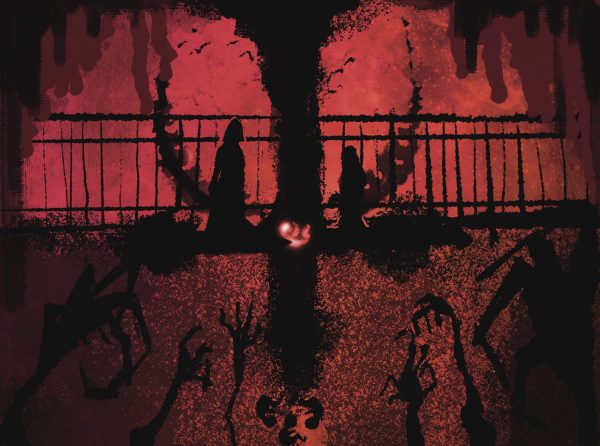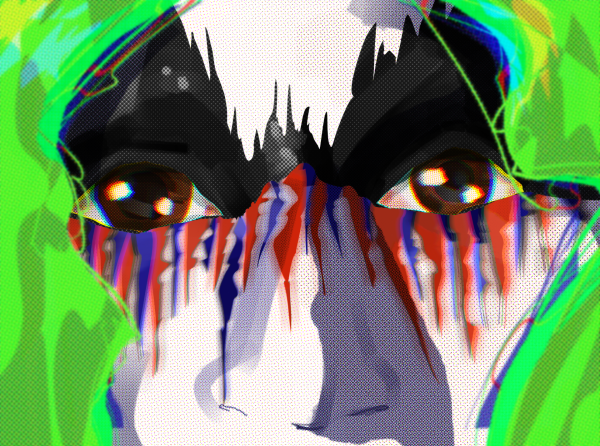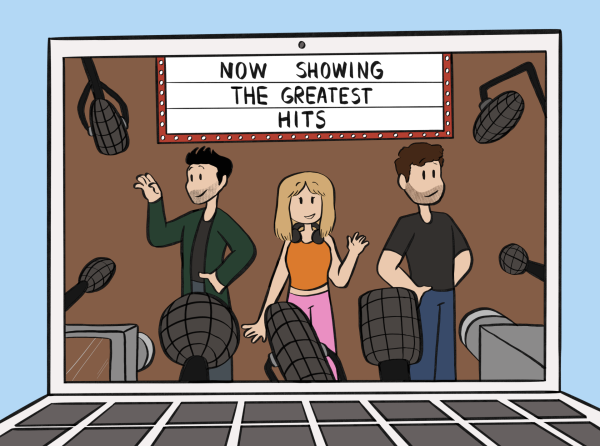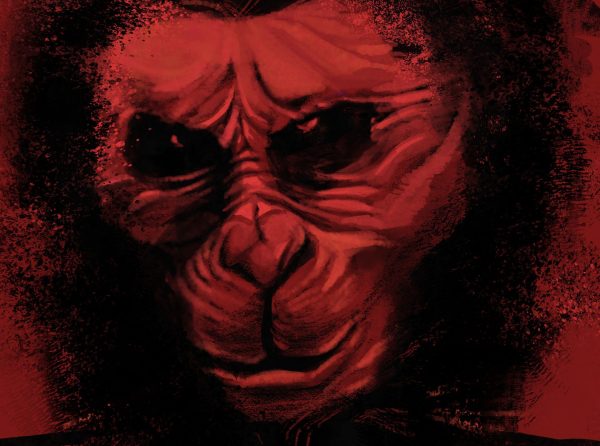The end? Nostalgia in the world of entertainment
“This will be the final word in the story of Skywalker,” growls Ian McDiarmid’s Emperor Palpatine in last month’s “Star Wars: The Rise of Skywalker.” Watching this movie was a strange experience, I was on the edge of my seat for most of the time, but this line immediately pulled me out of it.
I sat there for a moment and thought, “Wait a minute, no it’s not.” As someone who’s been a “Star Wars” fan my whole life, I know that endings in Star Wars and pop culture don’t really stick. I say we give it about five to 10 years, and “Star Wars Episode X” will be drawing in more crowds to see the new and improved ext chapter in the Star Wars Saga.
You’d think that people would say, “Okay, enough’s enough Disney, stop making these movies,” but for as many people who may think this, there would be two or more who’d buy their tickets day one for a midnight premiere, myself included. Disney and many other companies are exploiting a very powerful emotion: nostalgia, and to them, nostalgia means money.
Think back to something you loved as a kid; a book, a TV show, a movie or a comic book. Remember how happy that made you and feel that overwhelming return to that time when life wasn’t so stressful?
Remember a time when you didn’t have to juggle school, work and whatever other stressors that you have to deal with today? Now sit back and let all those feelings hit you. That’s nostalgia, and it’s a powerful thing.
Knowing how nostalgia affects people, it’s easy to see why big media companies are focused on releasing media that capitalizes on it.
“I think from a very practical standpoint it’s because nostalgia sells,” DePaul Media and Cinema Studies professor Paul Booth said. “They [media companies] have found that if they release a movie, or we see it on TV as well, that preys on our nostalgia, they do very well.”
This is the crux of why we’re seeing so many sequels and reboots over the last two decades. Companies know that if they keep churning out something that someone’s nostalgic for, they’re going to make money from it.
“They make all these movies because the fans pay their bills,” said Elise Fong, a journalism student at DePaul. “They want to make what their fans want so they can get paid.”
This line of thinking tracks, there have been three “Toy Story” sequels since 1995, drawing more and more viewers into the world of Woody, Buzz and the rest of Andy’s toys. Disney’s live-action remakes of their animated classics have become a staple in their release schedule, but it seems that none of them have captured the magic of the originals.
Outside of Disney, horror movie remakes have become a staple in every year’s release schedule, with 2017’s “It” garnering praise from both critics and audiences alike while 2019’s “The Grudge” remake showed that not every horror series should be resurrected, at least according to critics. Classics like “The Great Gatsby” and “A Star is Born” have been adapted for new generations, and even show-stopping musicals like “Les Misérables” and “Cats” have had their turn on the silver screen.
TV is even getting in on the nostalgia action, rebooting hit shows like “Will and Grace” while “Law and Order: SVU” has been going strong for 21 seasons. Another show that won’t die is AMC’s “The Walking Dead,” which has been chugging along for 10 seasons with an 11th in the works.
Let’s not forget the hit medical drama “Grey’s Anatomy,” which has been running for 16 seasons and has been renewed for a 17th. Even animated series have hopped on the nostalgia train, with both “The Simpsons” and “Family Guy” running for 31 seasons and 18 seasons respectively.
It’s not hard to see why nostalgia sells so well.
“I think we live in a time where people are very scared of the future, so instead of looking to the future, we look to the past,” Booth said. “We’re also at a time where everything is so sped up that we don’t really remember what’s happened, so we want to go back to remember those times we forgot.”
The commercial success of the Marvel Cinematic Universe was predicated on nostalgia, especially in the latter parts of the saga leading up to “Avengers: Endgame.” Fans like me grew up with Marvel Characters over an entire decade, so of course, I would feel an immense sense of nostalgia when I sit down to watch it all end.
Watching a Marvel movie takes me back to the days when I was a kid watching reruns of the 90s Marvel cartoons like “Spider-Man” and “X-Men: The Animated Series” on Saturday mornings, and it still baffles me how big these movies have become.
An issue that comes from all this nostalgia is that if audiences keep watching these tentpole movies and shows, the studios will keep making them. By focusing on big franchises studios and audiences alike, new creators aren’t getting a chance to let their work be seen, leading to the blockbuster-focused mainstream we see today.
“Producers and people in the film field want to put their money into something they can get their money back from, so they make movies they already have fanbases for,” said Brett Vander Wielen, a graphic design student at DePaul. “If it was proven that it worked once, it’s very likely it’ll work again unless it’s a complete flop.”
This is why “Rise of Skywalker’s” insistence that it’ll be the final installment in the Skywalker Saga movie rang a little hollow. Thanks to its commercial success, and the fact that “Star Wars” is one of Disney’s most popular and lucrative brands, this probably won’t be the last we see of the Skywalkers and the galaxy far, far away anytime soon.




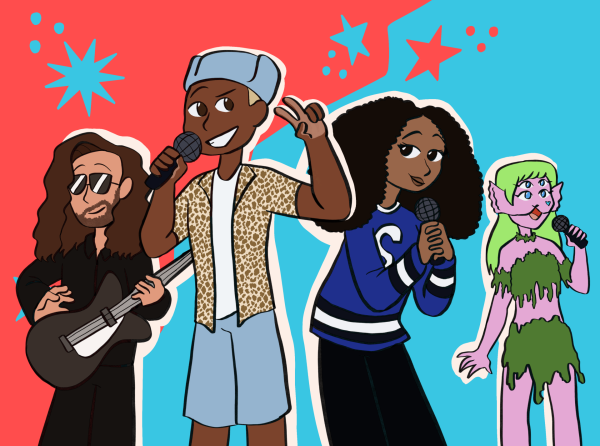
![DePaul sophomore Greta Atilano helps a young Pretty Cool Ice Cream customer pick out an ice cream flavor on Friday, April 19, 2024. Its the perfect job for a college student,” Atilano said. “I started working here my freshman year. I always try to work for small businesses [and] putting back into the community. Of course, interacting with kids is a lot of fun too.](https://depauliaonline.com/wp-content/uploads/2024/04/ONLINE_1-IceCream-600x400.jpg)

